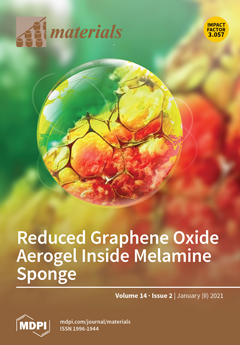Accurate laser-flash measurements of thermal diffusivity (
D) of diverse bulk solids at moderate temperature (
T), with thickness
L of ~0.03 to 10 mm, reveal that
D(
T) =
D∞(
T)[1 − exp(−
bL)]. When
L is several mm,
D∞(
T) = F
T−G + H
T, where F is constant, G is ~1 or 0, and H (for insulators) is ~0.001. The attenuation parameter
b = 6.19
D∞−0.477 at 298 K for electrical insulators, elements, and alloys. Dimensional analysis confirms that
D → 0 as
L → 0, which is consistent with heat diffusion, requiring a medium. Thermal conductivity (
κ) behaves similarly, being proportional to
D. Attenuation describing heat conduction signifies that light is the diffusing entity in solids. A radiative transfer model with 1 free parameter that represents a simplified absorption coefficient describes the complex form for
κ(
T) of solids, including its strong peak at cryogenic temperatures. Three parameters describe
κ with a secondary peak and/or a high-
T increase. The strong length dependence and experimental difficulties in diamond anvil studies have yielded problematic transport properties. Reliable low-pressure data on diverse thick samples reveal a new thermodynamic formula for specific heat (∂ln(
cP)/∂
P = −linear compressibility), which leads to ∂ln(
κ)/∂
P = linear compressibility + ∂lnα/∂
P, where α is thermal expansivity. These formulae support that heat conduction in solids equals diffusion of light down the thermal gradient, since changing
P alters the space occupied by matter, but not by light.
Full article






